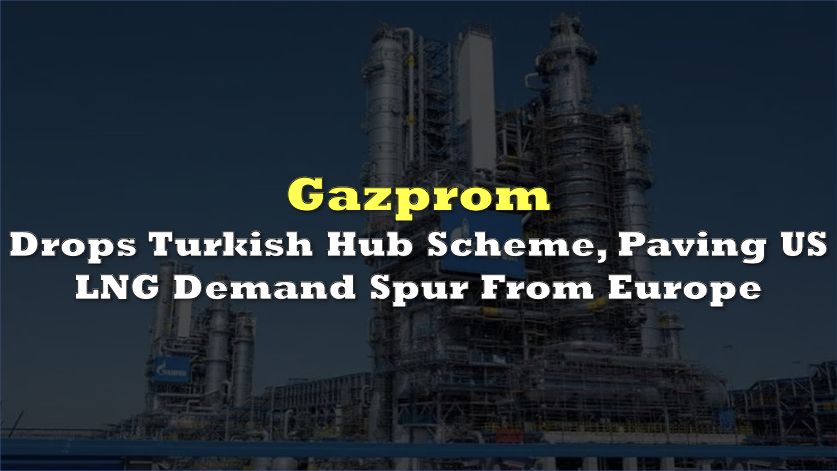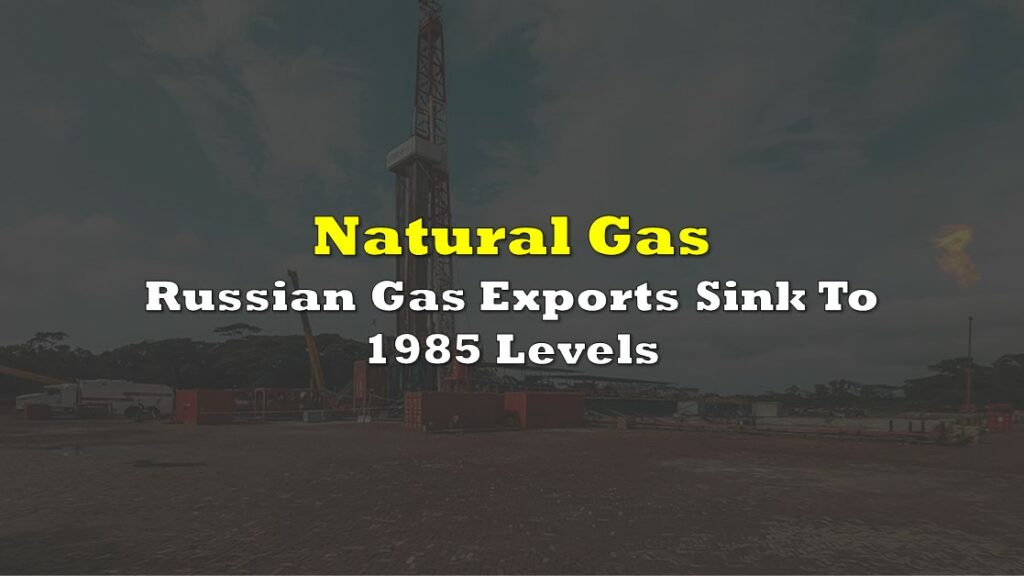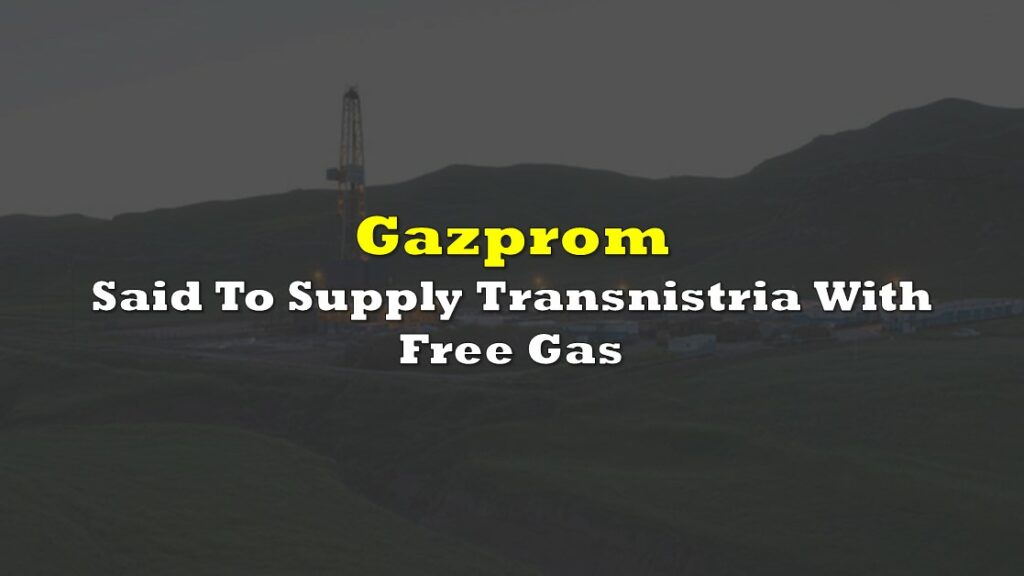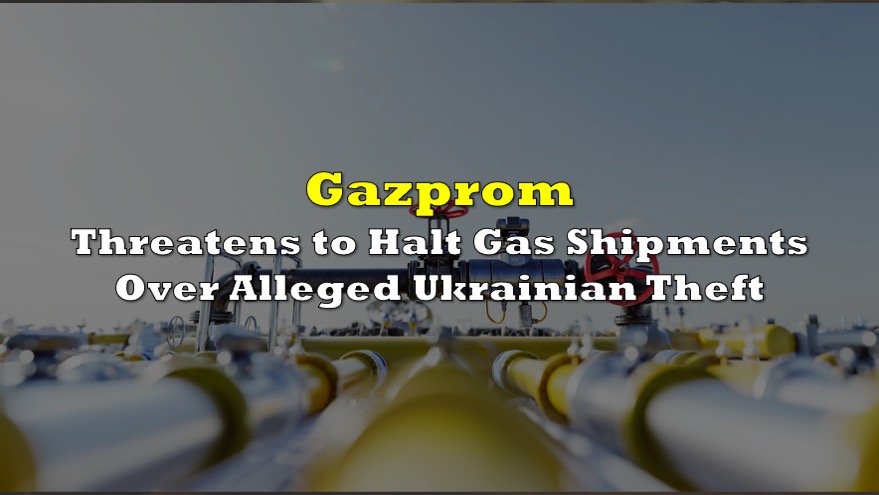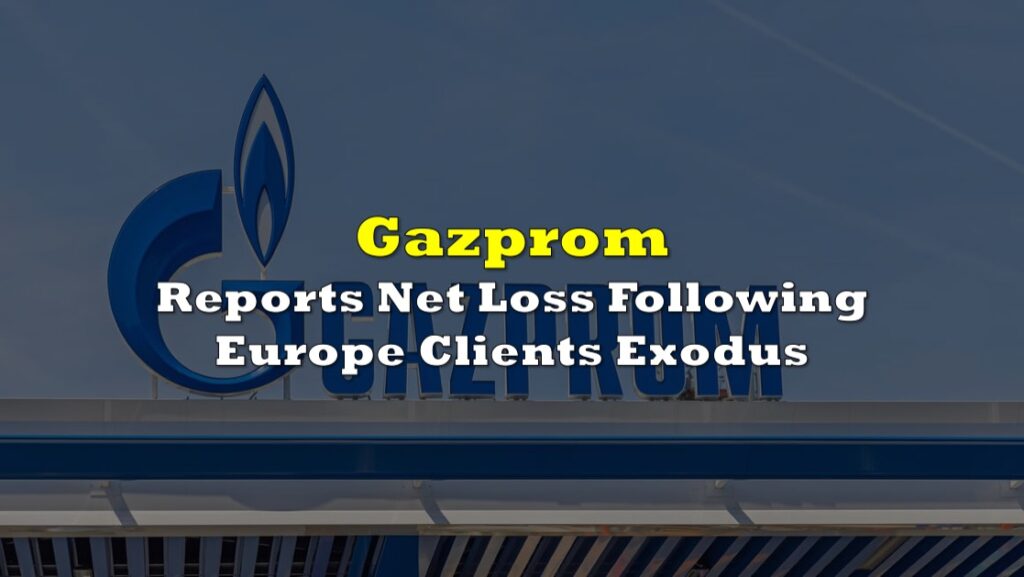Russia’s Gazprom has “largely halted the work” on a mooted gas-trading hub in Turkey, insiders told Bloomberg, ending the most prominent scheme Moscow had left to re-enter Europe’s pipeline market after Nord Stream was blown up and Ukrainian transit rights lapsed on 1 January.
The plan—first floated by President Vladimir Putin in October 2022 as a like-for-like replacement for Nord Stream’s 55 bcm annual capacity—collapsed under its own commercial weight.

Ankara insisted on sole marketing control, while Gazprom balked at ceding pricing power; equally fatal was Turkey’s limited onward pipe capacity into Greece and Bulgaria, which made a true hub with a distinct price index “unviable,” according to people familiar with the talks.
Europe’s political mood sealed the project’s fate. Brussels is pressing ahead with legislation to “ban Russian gas imports by the end of 2027,” a timetable that deters any long-payback infrastructure tied to Russian fuel.
For Gazprom, walking away forecloses a route that once spun off roughly $8 billion a month in European revenue, highlighting how few cards the Kremlin still holds in continental energy chess.
Yet for US LNG producers the decision is an unexpected tailwind: Europe already soaked up 68-77% of American cargoes in April-May, helping push US exports to record levels even before another 20% capacity expansion slated for late 2025.
Analytically, Gazprom’s retreat and Europe’s accelerating divorce lock in a structural demand floor for US gas shippers such as Cheniere Energy and Freeport LNG as long as price spreads justify the voyage—an outcome that also gives Washington fresh leverage in future trade and security negotiations.
Information for this briefing was found via Bloomberg and the sources mentioned. The author has no securities or affiliations related to this organization. Not a recommendation to buy or sell. Always do additional research and consult a professional before purchasing a security. The author holds no licenses.

